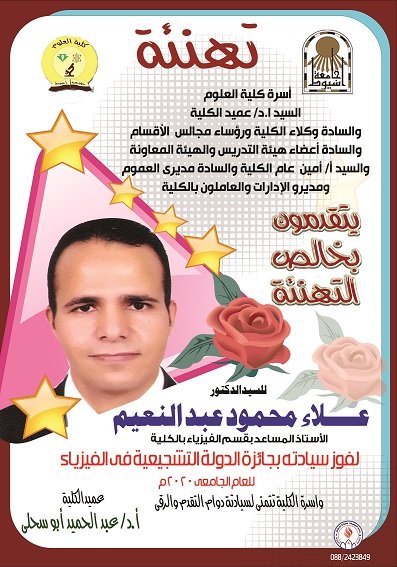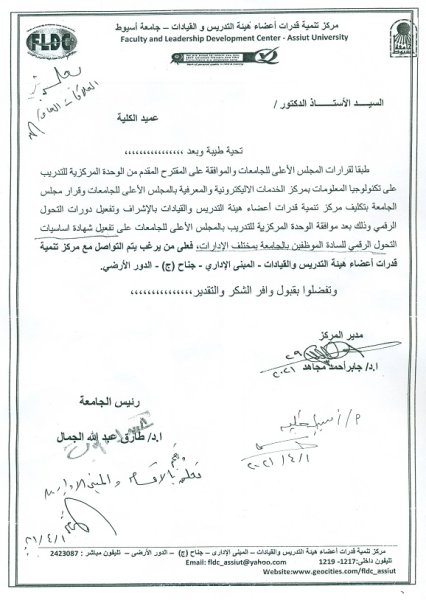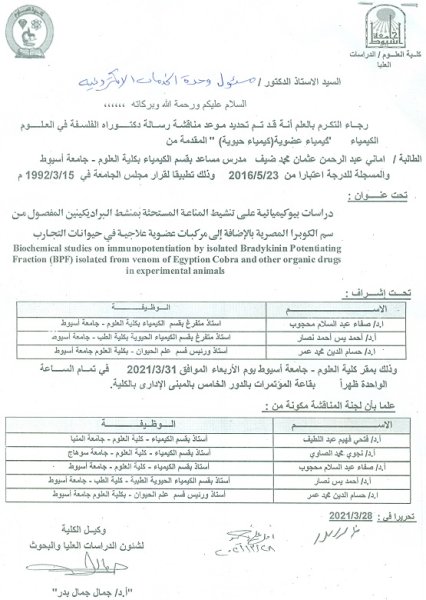Pathogenicity and oxidative stress in Nile tilapia caused by Aphanomyces laevis and Phoma herbarum isolated from farmed fish
Research Abstract
Identified (n = 17) and unidentified (n = 1) fish-pathogenic fungal species from 10 genera
of Oomycetes and soil fungi were isolated from 40 infected freshwater fish samples of the species
Oreochromis niloticus niloticus (Nile tilapia) and Clarias gariepinus (African catfish). Samples were
collected from various fish farms in the Nile Delta, Egypt. Nile tilapia were tested in aquaria for their
susceptibility to the commonest Oomycetes species, Aphanomyces laevis and Achlya klebsiana, and
also against the 2 most prevalent pathogenic soil fungi, Paecilomyces lilacinus and Phoma herbarum.
Two techniques were used: water bath exposure and intramuscular (subcutaneous) injection. Water
bath exposure to the 2 species of Oomycetes caused greater mortalities of 0. niloticus niloticus than
intramuscular injection, but the reverse was true of the soil fungal species. Regardless of the infection
method, the 2 Oomycetes species were more potent pathogens than the soil fungal species. In both
gills and mytomal muscles of fish infected by A. laevis and P.herbarum, we measured and compared
with controls the oxidative stress parameters total peroxide (TP), lipid peroxidation (LPO) and nitric
oxide (NO), as well as levels of the antioxidants vitamin E and glutathione (GSH), and superoxide dismutase
(SOD) and catalase (CAT)activities. Infection by these 2 fungal species through either spore
suspension or spore injection significantly increased oxidative damage in gills and induced marked
decrease in most studied antioxidants. In addition, both routes showed similar effects and A. laevis
depressed the antioxidants CAT, vitamin E and GSH more than P.herbarum.
Research Department
Research Journal
DISEASES OF AQUATIC ORGANISMS
Research Member
Research Pages
PP.17-28
Research Vol
Vo1.94
Research Year
2011







